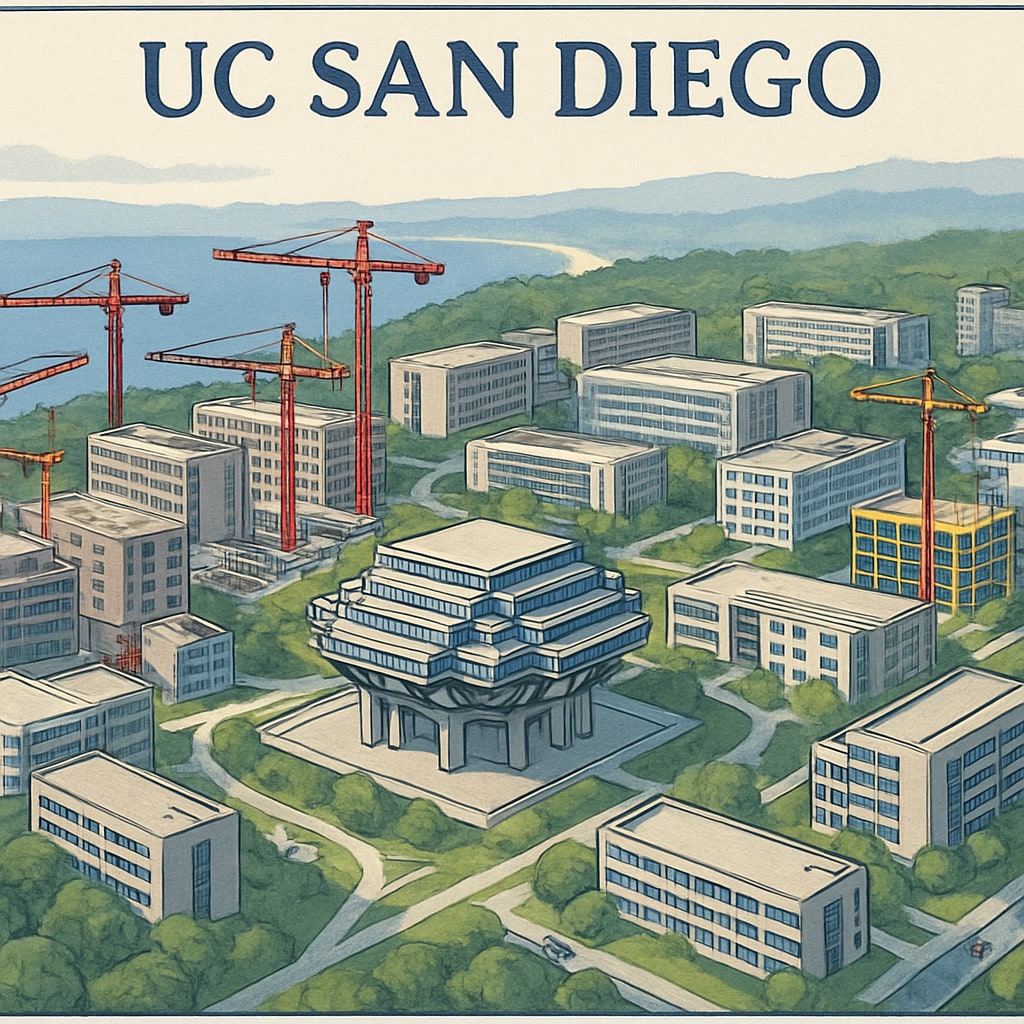UC San Diego (UCSD) has announced an unprecedented expansion plan to increase its student enrollment to 56,000 by the year 2040. This ambitious initiative, aimed at transforming the university into one of the largest educational hubs in the United States, is set to redefine the landscape of higher education. However, its ripple effects will extend far beyond college campuses, influencing K12 education systems and sparking a broader conversation about the future of learning. As UCSD moves forward with this significant undertaking, the implications for both students and educators are profound.
Why UC San Diego Is Expanding Its Enrollment
The decision to grow UC San Diego’s student body stems from a combination of factors, including increasing demand for higher education, the need to address California’s workforce shortages, and the university’s commitment to accessibility and diversity. California, as one of the largest economies in the world, requires a steady pipeline of skilled graduates to sustain its economic growth. By expanding enrollment, UCSD aims to play a critical role in meeting this demand while ensuring that education remains accessible to students from diverse backgrounds.
Moreover, the expansion aligns with the broader goals of the University of California (UC) system to increase capacity and provide quality education to a growing population. This initiative will include investments in infrastructure, faculty recruitment, and academic programs to support the increased student population.

Impact on Higher Education: A New Model for Growth
UC San Diego’s expansion plan is set to challenge traditional models of higher education. With a target of 56,000 students, the university will need to innovate in areas such as classroom design, online learning, and student services. For example, hybrid learning models that combine in-person and digital instruction could become a cornerstone of the university’s strategy, allowing it to scale education while maintaining quality.
Additionally, the expansion will likely influence other institutions nationwide. Universities grappling with similar pressures may look to UCSD as a case study for managing growth while preserving academic excellence. As a result, the initiative could serve as a blueprint for large-scale educational reforms in the years to come.

The Ripple Effect on K12 Education
While the primary focus of UC San Diego’s expansion plan is higher education, its impact on K12 education systems cannot be overlooked. As the university increases its capacity, K12 schools will face new challenges and opportunities. For instance, there may be a heightened demand for college preparatory programs, including Advanced Placement (AP) courses and extracurricular activities that strengthen university applications.
In addition, UCSD’s commitment to diversity and inclusion could lead to greater outreach efforts targeting underserved communities. This might involve partnerships with local schools to create pathways for students who might not otherwise consider higher education. Such initiatives could help close achievement gaps and ensure that more students are prepared for college-level work.
Preparing for the Future: What Comes Next?
As UC San Diego embarks on this transformative journey, there are several key areas to watch:
- Infrastructure: The university will need to invest heavily in housing, transportation, and campus facilities to accommodate the growing student body.
- Faculty Recruitment: Attracting top-tier educators will be essential to maintaining academic standards as enrollment increases.
- Community Engagement: Collaborations with K12 schools and local organizations will play a critical role in shaping the next generation of students.
In conclusion, UC San Diego’s expansion plan represents a bold vision for the future of education. By increasing access to higher education and fostering innovation, the university is not only reshaping its own identity but also influencing broader educational ecosystems. As we move toward 2040, the success of this initiative will depend on the collaboration of educators, policymakers, and communities working together to create a more inclusive and dynamic learning environment.
Readability guidance: This article balances professional insights with accessible language, using short paragraphs and lists to enhance readability. Key points are supported by examples, and transitions ensure a smooth flow between sections.


